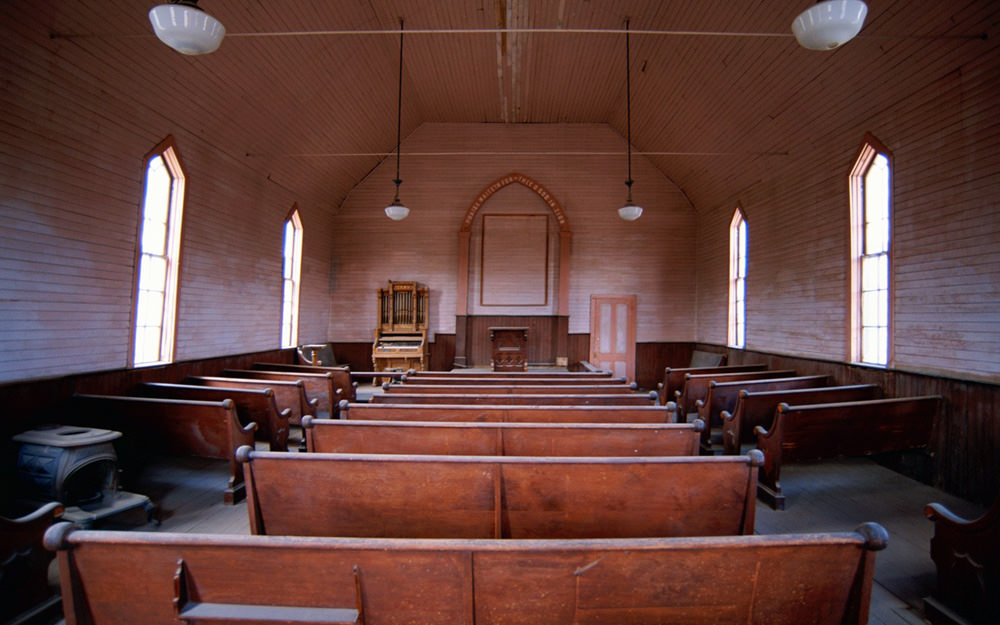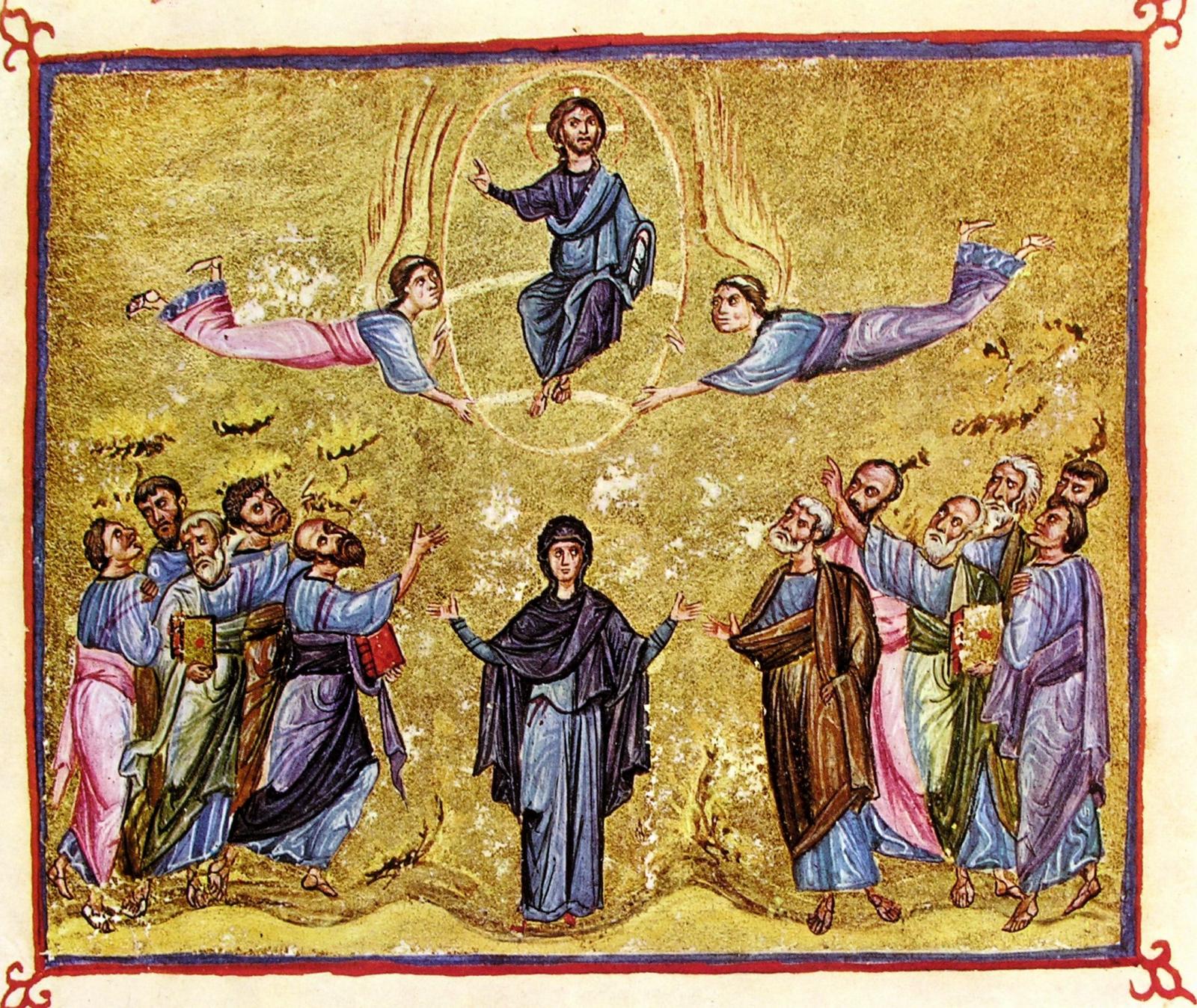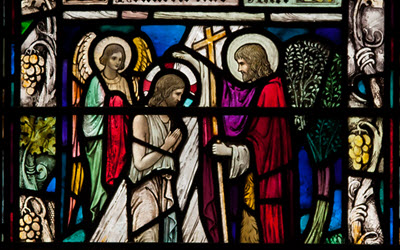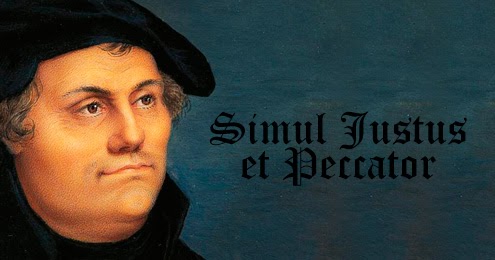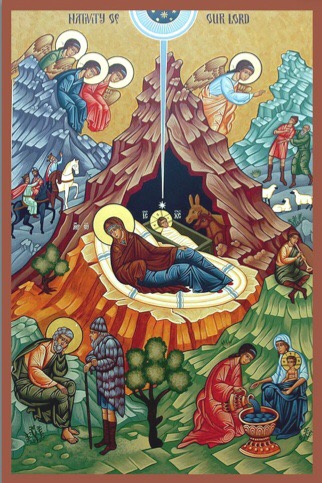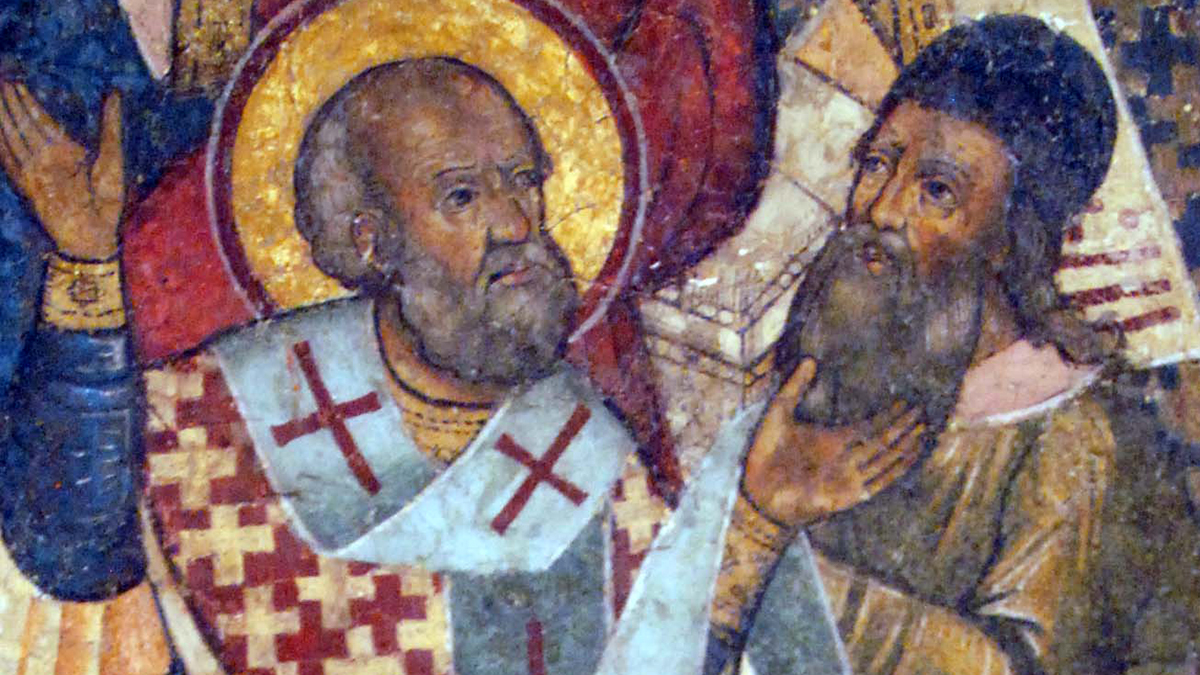
Arianism and the Problem of the Impassibility
Arius is known by most as the archetypical heretic of Christian history. He was not the first and certainly not the last. Nevertheless, his teaching would go on to inspire the penning of the Nicene Creed, and so he ranks as one of the more famous heretics of church history.
What exactly did Arius teach? His heresy entailed a denial of the divinity of Jesus. Mind you, he didn’t entirely deny that Jesus was divine. He agreed with the church that he was divine in some sense. Neither did he deny the preexistence or the incarnation of Jesus as such. However, for Arius, Jesus was not fully God in the sense that the Father was fully God. In his estimation, Jesus was divine, but not God. By divine he meant that Jesus was a preeminent being, higher even than the angels. Indeed, Arius would go on to say that he was God’s first and highest of creations. Jesus even had a role in the creation of all other beings according to Arius’ view: he was the one through whom God created the world. And yet, even with this high status, Jesus was not on the level of God the Father. No, he was a creature. A creature created before time yes. And yet, “there was a time when he was not” was the famous Arian line.
Famously, Arius would utilize key scriptural tests to prove his doctrine; texts like Proverbs 8 and Colossians 1 and Philippians 2. All of these texts could indeed be interpreted to mean that Jesus is God’s wisdom, his first born, his highest angel, who has become a human in order to bring us to the Father. They could also be interpreted otherwise, but of course this is the downfall of simple proof-texting. Arius would stress the mediated relationship Jesus is said to portray in certain key passages. God the Father is the highest God, and Jesus or the Logos, is a mediating divine being who does divine things for and with the Father.
Arius’ doctrine was eventually denounced by the Nicene Creed, and eventually his heresy died out (though it did take quite a while), though forms of it can still be found in modern movements such as Jehovah’s Witnesses.
But what drove Arius to denounce the full divinity of Jesus? Why did he insist that Jesus was a created being, no matter how high? One might answer: the key scriptural passages aren’t that clear. Well perhaps.
But what many scholars and historians have noticed within Arius’ line of thinking is a key assumption that both drove his interpretation of scripture and his theology; namely, his doctrine of God’s impassibility. Impassibility narrowly means that God is unable to suffer. The word comes from the Latin word “passio” which means suffering or passion. However more broadly, impassibility means that God is unaffected by, indeed cannot be affected by, the created order because of his utter transcendence. Put another way, because of God’s transcendence above the created order, not only can he not suffer, he cannot even enter into the created order at all nor even be affected by it.
OK then, but then how can God interact with his creation? The answer is the divine Logos. The divine Logos (or the preexistent Jesus) is a lesser divine being created for the purpose of mediating God’s presence and redemptive actions within the created order. He is just divine enough to mediate God’s presence and actions, but he is nevertheless created and passible, and thus able to bridge that gap into the created order. In this way, one could say that Arius was simply trying to, on the one hand, protect God’s utter transcendence and impassibility, and on the other, give a coherent articulation of the Christian gospel.
Catherine Mowry Lacugna, in her excellent survey of Trinitarian theology God For Us, says it this way:
It is important to keep in mind that the views of Arius were being proposed in a philosophical milieu that understood the transcendence of God to be absolute. In this connection, Arianism might appear at first glance to have been a much-needed defense of divine transcendence and a return to strict monotheism. Arius preserved the absoloute unity and immutability of God by relegating the Logos (and the Spirit) to the domain of the finite and intermediary. In this respect Arianism closely resembled a unitarian monotheism rooted in the idea of the absolutely self-sufficient God. God cannot enter time and history and human personality except through an intermediary
God For Us, page 34
Notice the conclusion Lacugna makes: because God cannot enter into the created, he de facto needs an intermediary being. He cannot be involved in the muck and mire of created life, for that would render God not God.
The Nicene Council responded in part by denying the creaturliness of the divine Logos. He is not, according to Arius, created, but rather begotten. This language of begottenness, of course, raises more questions. But the idea was to say that the Son was not an intermediating created being, but a personal subsistence within the divine being itself. Along with that, of crouse, this means that if the Son is God and if the Son became a human being, then God is able to interact with the world while at the same time be impassible. How this is so will take a couple centuries for the church to unravel.
But suffice to say, Arius was a heretic because he had theological and philosophical concerns: how can a transcendent and impassible God become a man? How can he suffer? How can he enter into this creation he has made? The answer for him was that another lesser divine being did all of that.
